- Home
- Joan Smith
Down With the Royals
Down With the Royals Read online
PROVOCATIONS
DOWN WITH THE ROYALS
JOAN SMITH
SERIES EDITOR:
YASMIN ALIBHAI-BROWN
Contents
Title Page
Part I: Baby talk
Part II: Down with the royals
Part III: Up with democracy
Copyright
Part I
Baby talk
ON A BALMY summer evening in late July 2013, I arrived at Buckingham Palace to find a curious spectacle. On one side of the Mall, within view of the palace, dozens if not hundreds of media organisations had set up their stalls, like a market selling second-hand broadcasting equipment. Thick cables snaked across the ground, catching the feet of the unwary, while excitable correspondents and bored camera crews waited for something to happen. Every now and then a reporter from somewhere in the world would start a piece-to-camera, pointing towards the palace gates and doing his or her best to disguise the fact that nothing had happened since the last bulletin. Deadlines passed, driving editors and producers mad with frustration, but the gates remained stubbornly unadorned by the breathlessly anticipated (by the media, at least) announcement of a royal birth. I had been invited to take part in a live broadcast and at around 7.30 p.m., the news anchor standing next to me began a report for her channel’s main news programme of the day. Crowds had gathered, she said, gesturing towards the palace, to witness the moment when a royal servant would fix the announcement to the railings. I could not resist correcting her: crowds had not gathered, I pointed out. It was actually a quiet evening for the height of the tourist season, and the visitors who had turned out were easily outnumbered by members of the press. (In the event, it turned out that the Duchess of Cambridge’s son had already been born, but the announcement was held back while the new parents got used to the arrival.)
Contrast this anecdote with a vignette from just over a year earlier, when members of the royal family joined a flotilla of small boats on the river Thames to mark Elizabeth II’s diamond jubilee. I did not think this was something to celebrate, given that the same unelected woman had been head of state since before I was born, allowing me – and the rest of the population – no say in the matter. So I decided to join other republicans at a site on the south bank just outside City Hall, next to Tower Bridge, and take part in a demonstration calling for the replacement of the monarchy with a democratic system.
The protest was organised by Republic, the small but growing organisation that campaigns for an elected head of state. Its staff had negotiated in advance with the police and private security staff from local companies to ensure access to the riverbank on the day. The nearest Underground station was London Bridge and I arrived in the early afternoon to find the weather chilly and overcast, with occasional drizzle. At first I thought there were so many people in Tooley Street, which runs between London and Tower Bridges, because they were looking for shelter or somewhere to eat. Then, as I got closer to the Tower Bridge end of the street, I saw dozens of republican placards. I also spotted lines of private security guards blocking access to the protest site, and they flatly refused to let me through, even when I explained I was due to address the rally. In the end, I used my mobile to call one of the organisers and explain the problem; he told me that the numbers on the riverbank were being strictly controlled, regardless of the agreement Republic had made in advance of the demonstration, and he would have to ask one of the protesters to leave so I could join it. When I finally managed to reach the protest, I saw he was right; it had been limited to a narrow stretch of the riverbank, giving the impression from the river that few demonstrators had turned up. Later, when I’d made my speech, I returned to Tooley Street, where I climbed on a wall and addressed the much larger crowd of republicans who had not been allowed through.
So how did the press report this demonstration and the fact that hundreds of demonstrators had not been allowed through to the river? Here is The Guardian’s fair and accurate account, which included an acknowledgement that the small crowd of demonstrators on the riverbank were not the only republicans who had turned up:
Amid the fanfare, it might seem like a difficult day for British republicans, but organisers of what was billed as the largest anti-monarchy protest of modern times say more than 1,000 people have joined them today.
Protesters from across the country began arriving at noon and have continued to stream into the two protest sites, according to the campaign group Republic.
Those taking part held anti-monarchy placards and chanted ‘Monarchy out’ while speakers including Joan Smith and Peter Tatchell have been addressing the crowd [my italics] throughout the afternoon.1
There was a crowd, but you wouldn’t have known it if you happened to read the popular press. The biggest-selling newspapers didn’t even make a stab at objective reporting, as this headline in the Daily Mail attests: ‘Spoilsports! Anti-monarchists stage Thames riverside protest against Jubilee pageant but spectators drown them out with jeers’. The paper had its own bit of jeering to do, continuing in this vein:
The demonstrators gathered at Tower Bridge in a stunt organised by the campaign group Republic.
It bragged that hundreds of supporters from across the country would descend on the capital for the ‘biggest and boldest anti-monarchy protest of modern times’. In the end barely sixty showed up.2
This is simply untrue. The Daily Mail also claimed that the demonstrators ‘taunted hundreds of families nearby’, which certainly did not happen in the couple of hours I spent on the riverbank. The Daily Express took a similar line, with one of its columnists unable to resist gloating about the supposed turn-out:
By far the biggest losers from the Jubilee have been the tiny, miserable band of republicans who have proved themselves snobbish elitists totally out of touch with public opinion.
Chief executive of the anti-monarchist movement Graham Smith said that they planned to mount a protest at the river pageant which ‘will give the Royal Family a rare glimpse of the strength of republican sentiment in Britain’.
He was right about that. The size of the Republic group by the Thames on Sunday was minuscule, their whingeing voices drowned out by the pageant’s foghorns and the public’s enthusiastic renditions of the National Anthem.3
Even the picture captions were tendentious. In the Daily Mail, a picture of a cheerful protester holding up a rather mild-mannered message – ‘I want a head of state to embody my values’ – was captioned with the word ‘Anger’. Thus, even polite displays of support for a democratic system are misreported, lest anyone get the idea that opposition to the monarchy is rational, principled and becoming more widespread.
The bias revealed in these anecdotes is habitual across the UK media, and is so ingrained that the people responsible barely seem aware of it. It goes hand in hand with the air of unreality that surrounds any event involving members of the British royal family, which would not be tolerated in any other walk of life. The worst offenders are people described in all seriousness as ‘royal correspondents’, suggesting that they do a job analogous to other journalists. But this would be true only if defence correspondents went misty-eyed over men in uniform – ‘the admiral was wearing a lovely uniform with a matching cap’ – and asked inane questions about how much they liked their ships. In reality, journalistic rigour and indeed common sense go out of the window when it comes to royal ‘stories’, which often amount to no more than a member of the royal family wearing clothes, getting out of a car and walking along a street. Here is a typical royal story from the Daily Mail website: ‘Blooming in black: Kate covers up her growing bump with £595 LBD as Duchess puts her severe morning sickness behind her in third public appearance since recovering from illness’. Like
Princess Diana before her, the former Kate Middleton only has to wear the same coat twice to make headline news, with such mindless drivel regularly given the same prominence as famine in Africa or atrocities committed by Islamic State in Syria or Iraq.
In some degree, this is the legacy to the royals of the late Princess Diana. She turned the family from a distant institution, which few people knew much about, into a branch of celebrity culture. Pitching for public sympathy in her battle with her estranged husband, Diana invited the media into her and their private lives, creating a form of royal soap opera. Many of her relatives-by-marriage didn’t like it, especially when the Princess’s sudden death in 1997 sent her popularity soaring and stuffier members of the family (including the Queen) found themselves called on to emote in public. Total strangers had no such inhibitions; on the morning after the fatal car crash in Paris, I was on my way to a BBC studio in Portland Place in central London when I spotted a homemade poster fixed to a lamp-post. It was well above head height, although I suppose that bringing a ladder was no trouble to someone who had gone to the effort of finding a photo of the Princess and a ‘picture’ of Jesus; he or she had pasted them on a large piece of card with a caption reading, ‘If Jesus was the Son of God, who is Diana?’ Nor was that the limit of the madness: on the evening before the Princess’s funeral, I was startled to hear a Radio 4 presenter introduce an interview with a man who had had an 18-inch portrait of Diana tattooed on his thigh. Even the late Princess, with her insatiable appetite for the attention of total strangers, might have baulked at this ‘tribute’. Such anecdotes illustrate two iron rules of royal ‘stories’: nothing much happens most of the time, and reporters end up trying to extract sound bites from people they’d normally run a mile to avoid.
One effect of Diana’s unexpected death was that the monarchy got its most recent crisis in early, before bankers and MPs, and has had longer to recover. In that sense, the Princess did the royals a favour in the long run, stimulating an appetite for royal ‘news’ that fireproofed the family against temporary spurts of unpopularity. Much of what passes for royal ‘reporting’ is trivial, fawning and uncritical; actions that the rest of us carry out every day, without too much expense of effort, are greeted as something remarkable. The standard riposte of editors, on the rare occasions that they are challenged about this saturation coverage of the royal family, is that they are merely responding to public demand. They point to the crowds who turn out for royal events, ignoring the huge numbers of people who aren’t interested and don’t bother to turn up. In the run-up to the wedding of Kate Middleton and Prince William in 2011, we were told that an excited populace couldn’t wait for the event and that street parties were being organised up and down the country. Then a story appeared in the Daily Telegraph revealing that so many people were leaving the country that the charity that organises street parties was urging people to postpone them. It went on:
The move comes as travel agents report a ‘massive’ surge in inquiries about holidays around April 29, when Prince William and Kate Middleton are to marry at Westminster Abbey.
There had been expectations that the event would lead to a mass influx of visitors, boosting the economy.
But with four months to go, even online travel sites, usually dominated by last-minute bookings, have reported an increase in bookings around the wedding period.4
Something similar happened the following year, at the time of another costly obsession, the diamond jubilee. Before it happened, the Centre for Retail Research predicted that the event would ‘boost UK spending by almost £509 million’; it claimed that a small drop in output caused by the double bank holiday would be more than offset by increases in spending on souvenirs and tourism, predicting a net boost to the economy of £409 million.5 But the governor of the Bank of England, Mervyn King, sounded a warning note when he appeared before a House of Lords committee, suggesting that the jubilee could throw the economy into reverse; he said it was ‘quite possible’ that UK output would contract in the second quarter of 2012 as a result of the extra holiday.6 Opinion polls suggested he was right to dampen expectations, with only a third of people saying they would personally be celebrating the jubilee; fully half the population said they didn’t intend to celebrate it at all. Fifty-two per cent said they would watch it at home on TV, which didn’t bode well for predictions of lavish public spending.7 King was proved right later in the year when the Office for National Statistics estimated that the event had shaved between 0.3 and 0.4 per cent off GDP. The FT reported:
The effect of the two extra days off in June to mark the Queen’s coronation in 1952 was largely felt by companies in the UK’s dominant services sector, which accounts for more than three-quarters of GDP.
The ONS noted that output in the sector dropped by 1.4 per cent between May and June. The falls were widespread across all service industries, with the exception of government.8
In a decade when the family seemed intent on producing annual extravaganzas even though the country was in the grip of a punishing economic recession, the next big royal event was the birth of Prince George. More or less from the day she got engaged, Kate Middleton had rarely appeared in public without a supporting cast of bashful children or teenagers; in a dynasty where gender roles are fixed in stone (if not the Stone Age), it may be that this amounted to a series of prompts, reminding her that her duty lay in pregnancy and motherhood. She duly obliged on that July day in 2013, giving birth in the private wing of St Mary’s hospital in Padding-ton, a mile or so north of Buckingham Palace. No one knew anything about the infant, other than the fact that he was a healthy boy, but he nevertheless displaced his Uncle Harry as third in line to the throne. The whole notion of the royal succession is innately ridiculous, but Harry’s displacement made it visibly so; the notion that a tiny baby automatically has the qualities to do anything, whether it’s becoming a plumber or a monarch, belongs in the Middle Ages.
Nevertheless, hordes of reporters had been camped for days outside the private wing of St Mary’s hospital, to the considerable inconvenience of sick people and their relatives, who found parking spaces suspended. Most of the time there was nothing to report, forcing correspondents to fall back on the desperate standby of interviewing former royal ‘aides’ or each other. One of the most choice moments for me was hearing the Queen’s former press secretary, interviewed outside Buckingham Palace, talk about the ‘people’s pregnancy’. I don’t know if he really intended to implicate the entire male population over the age of puberty in the conception, but an even more imaginative species of paternity was implied by a man who joined the media scrum outside the hospital. Asked by a reporter about a rolled-up canvas he had brought with him to the vigil, he eagerly unrolled it to reveal a painting that appeared to show the Duchess of Cambridge as the Virgin Mary. The normal human response to this species of derangement is an instinctive recoil, but that’s a problem on live television; when the man launched into an explanation about the Duchess’s first child being the reincarnation of Jesus Christ, the flustered reporter cut him off in mid-flow.
There have been occasions, in recent years, when I almost convinced myself that sycophancy towards the royal family must have reached its nadir. I’m always wrong, and the birth of Prince George revealed new levels of inanity across the print and broadcast media. Even The Guardian produced what it called ‘live royal baby coverage’, giving the infant’s weight and quoting this earth-shattering remark from Prince William: ‘We could not be happier.’9 On the day after the birth, when the couple were expected to appear outside the hospital for the infant’s first picture opportunity, some networks actually transmitted ‘live’ footage of a stubbornly unopened door. I don’t know how the door felt but the belated appearance of the Duke and Duchess prompted a frenzy of excitement among the assembled journalists, who shouted banal questions without evident embarrassment. In the press, Middleton’s appearance precipitated a minute exegesis of her hair, her dress and her swollen stomach – hardly unexpe
cted in a woman who had so recently given birth. It was a small price to pay for the priceless positive spin generated by the event, explaining why royal aides sometimes claim that they don’t need to manipulate the media. The claim may be disingenuous – I’m sure a huge amount of planning goes into every royal ‘event’ – but it is true that they are working in an unusually receptive environment.
But they bring tourists here
One of the ‘justifications’ most frequently offered for keeping the royal family is that their milestones boost tourism to the UK. The assumption that royal events, and the mere existence of the family, bring foreign visitors pouring into the country is made so automatically that hardly anyone thinks to question it. In a period when royal celebrations have come thick and fast – Prince William’s wedding, the diamond jubilee, the birth of Prince George – it should not be hard to test this proposition. The results are revealing: there is actually no evidence to suggest that the British royal family makes the UK a uniquely popular holiday destination. On the contrary, any such notion is dispelled by the simple expedient at looking at tourist numbers and revenue worldwide.
But first I want to go back in time and look at the effect on visitor numbers of two specific events, namely the weddings of the Queen’s elder sons, Prince Charles in 1981 and Prince Andrew in 1986. The first of these drew worldwide attention, so much so that still photographs from the day, such as Charles and Diana kissing before crowds on a balcony at Buckingham Palace, remain instantly recognisable. This type of public ceremony is often described as something the UK does better than any other country, making us the envy of other nations, so surely it drew tourists in their hundreds of thousands? The answer, when Republic made a request under the Freedom of Information (FOI) Act to the publicly funded national tourism agency, Visit-Britain, was instructive. According to the organisation’s head of research and forecasting:

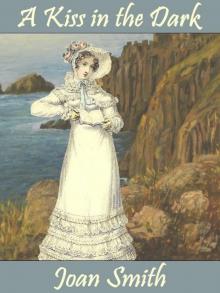 A Kiss in the Dark
A Kiss in the Dark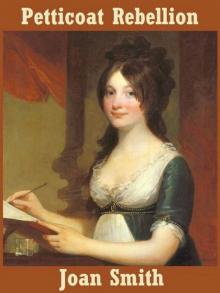 Petticoat Rebellion
Petticoat Rebellion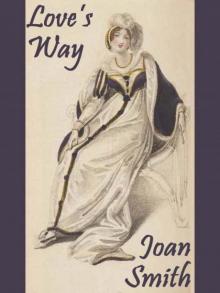 Love's Way
Love's Way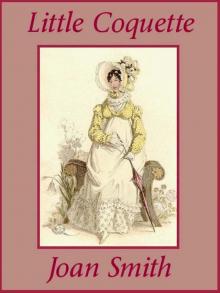 Little Coquette
Little Coquette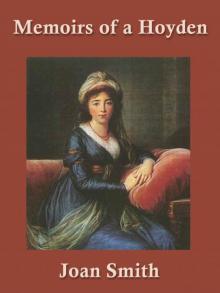 Memoirs of a Hoyden
Memoirs of a Hoyden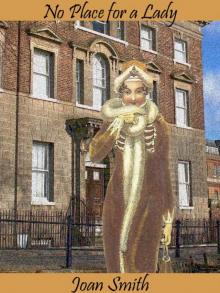 No Place for a Lady
No Place for a Lady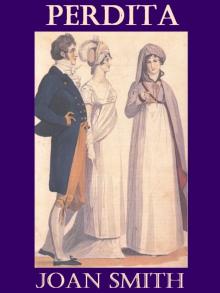 Perdita
Perdita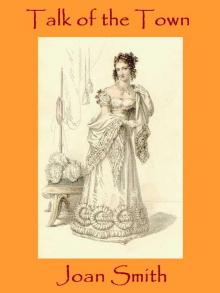 Talk of the Town
Talk of the Town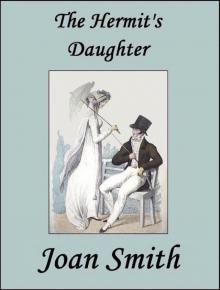 The Hermit's Daughter
The Hermit's Daughter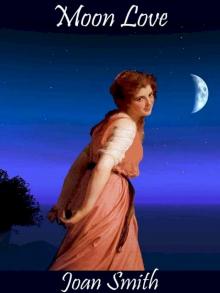 Moon Love
Moon Love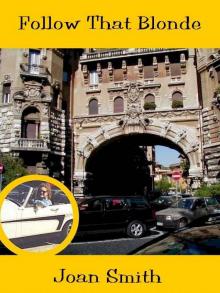 Follow That Blonde
Follow That Blonde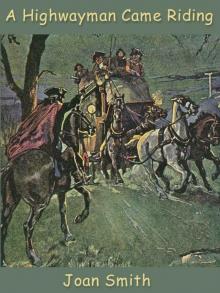 A Highwayman Came Riding
A Highwayman Came Riding The Great Christmas Ball
The Great Christmas Ball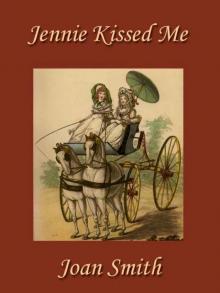 Jennie Kissed Me
Jennie Kissed Me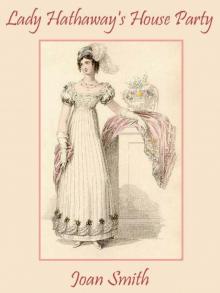 Lady Hathaway's House Party
Lady Hathaway's House Party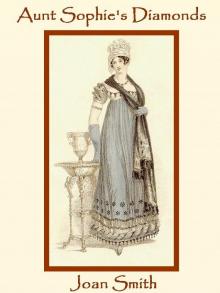 Aunt Sophie's Diamonds
Aunt Sophie's Diamonds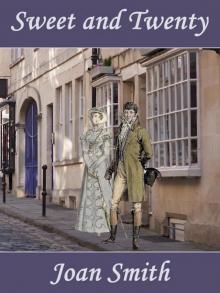 Sweet and Twenty
Sweet and Twenty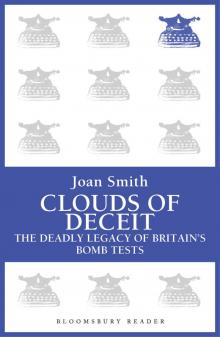 Clouds of Deceit
Clouds of Deceit What Men Say
What Men Say The Devious Duchess
The Devious Duchess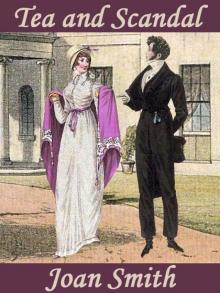 Tea and Scandal
Tea and Scandal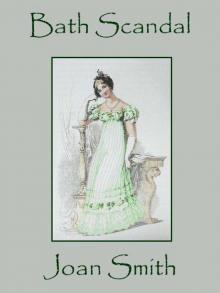 Bath Scandal
Bath Scandal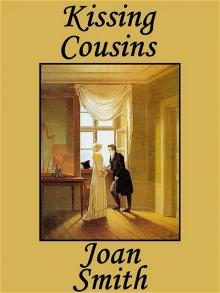 Kissing Cousins
Kissing Cousins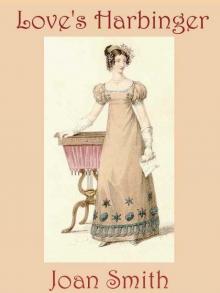 Love's Harbinger
Love's Harbinger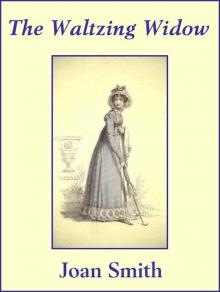 The Waltzing Widow/Smith
The Waltzing Widow/Smith The Polka Dot Nude
The Polka Dot Nude Thick As Thieves
Thick As Thieves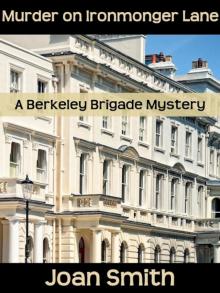 Murder on Ironmonger Lane
Murder on Ironmonger Lane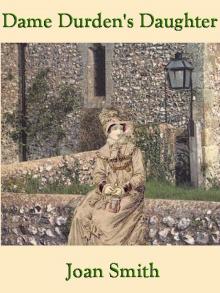 Dame Durden's Daughter
Dame Durden's Daughter Endure My Heart
Endure My Heart The Savage Lord Griffin
The Savage Lord Griffin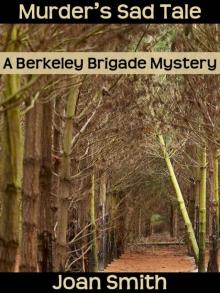 Murder's Sad Tale
Murder's Sad Tale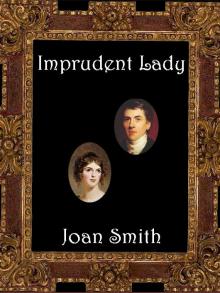 Imprudent Lady
Imprudent Lady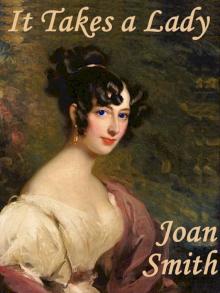 It Takes a Lady
It Takes a Lady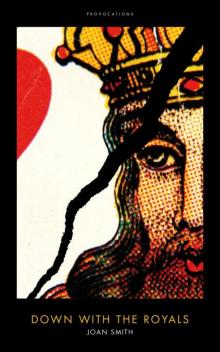 Down With the Royals
Down With the Royals Aurora
Aurora A Brush with Death
A Brush with Death The Black Diamond
The Black Diamond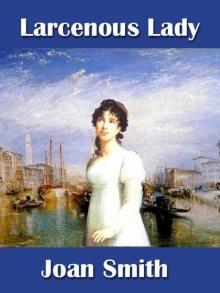 Larcenous Lady
Larcenous Lady To Mourn a Murder
To Mourn a Murder Francesca
Francesca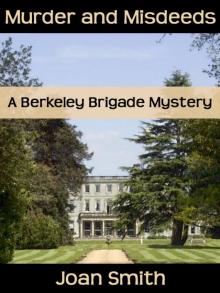 Murder and Misdeeds
Murder and Misdeeds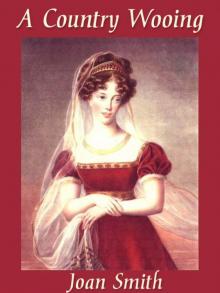 A Country Wooing
A Country Wooing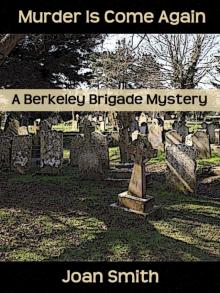 Murder Is Come Again
Murder Is Come Again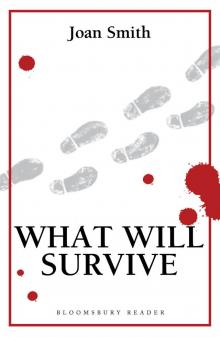 What Will Survive
What Will Survive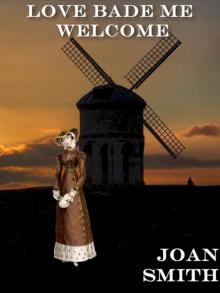 Love Bade Me Welcome
Love Bade Me Welcome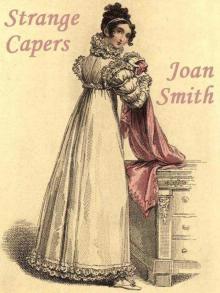 Strange Capers
Strange Capers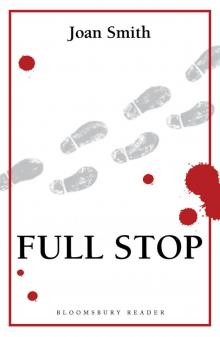 Full Stop
Full Stop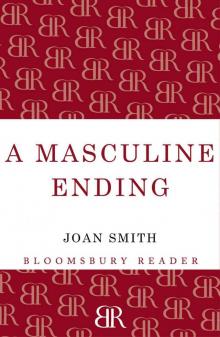 Loretta Lawson 01 - A Masculine Ending
Loretta Lawson 01 - A Masculine Ending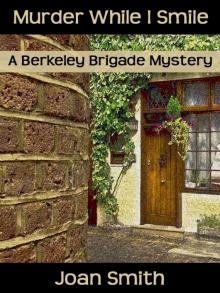 Murder While I Smile
Murder While I Smile Winter Wedding
Winter Wedding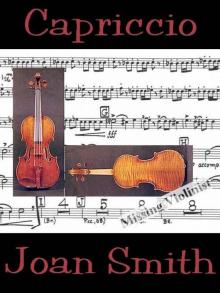 Capriccio
Capriccio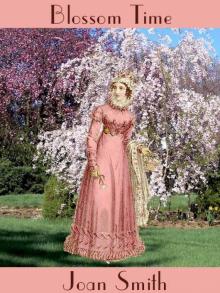 Blossom Time
Blossom Time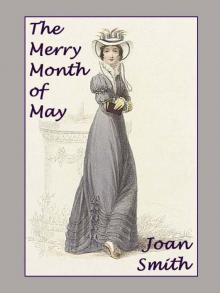 The Merry Month of May
The Merry Month of May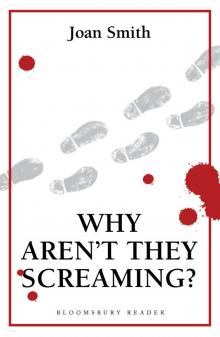 Why Aren't They Screaming?
Why Aren't They Screaming?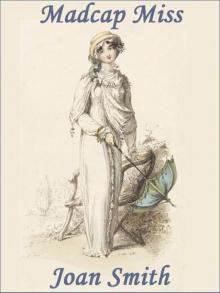 Madcap Miss
Madcap Miss Delsie
Delsie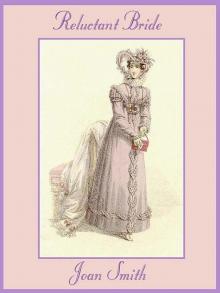 Reluctant Bride
Reluctant Bride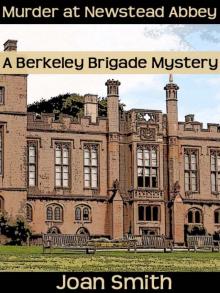 Murder at Newstead Abbey
Murder at Newstead Abbey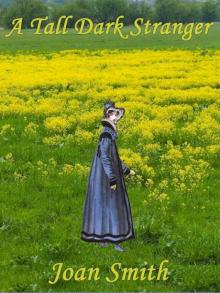 A Tall Dark Stranger
A Tall Dark Stranger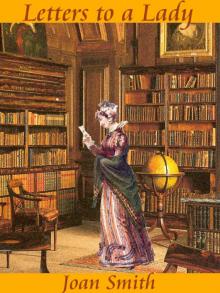 Letters to a Lady
Letters to a Lady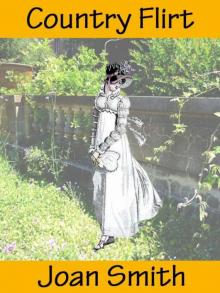 Country Flirt
Country Flirt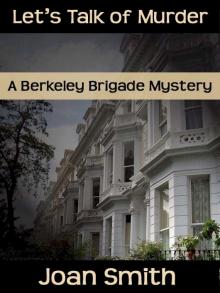 Let's Talk of Murder
Let's Talk of Murder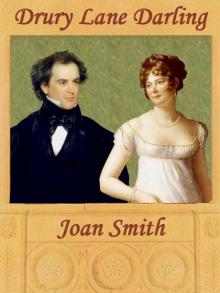 Drury Lane Darling
Drury Lane Darling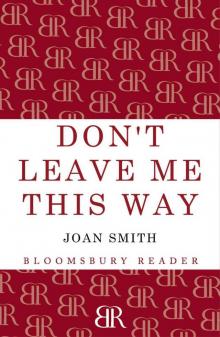 Loretta Lawson 03 - Don't Leave Me This Way
Loretta Lawson 03 - Don't Leave Me This Way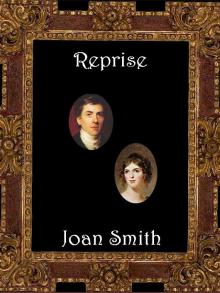 Reprise
Reprise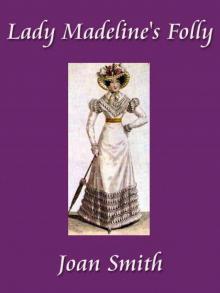 Lady Madeline's Folly
Lady Madeline's Folly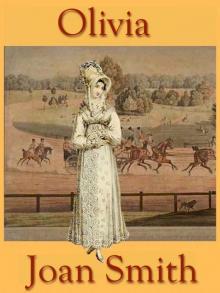 Olivia
Olivia Midnight Masquerade
Midnight Masquerade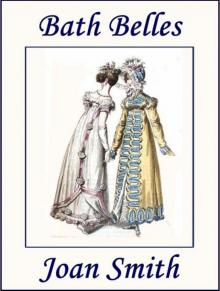 Bath Belles
Bath Belles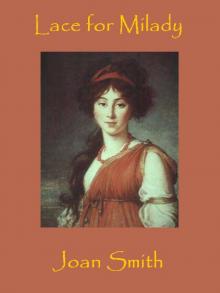 Lace for Milady
Lace for Milady Silken Secrets
Silken Secrets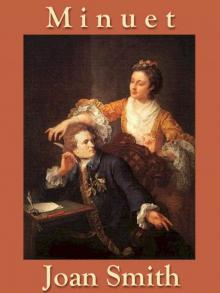 Minuet
Minuet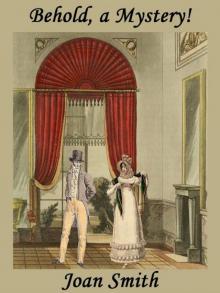 Behold, a Mystery!
Behold, a Mystery! Babe
Babe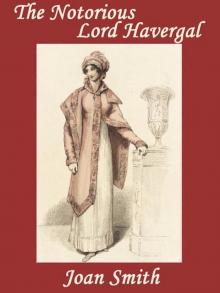 The Notorious Lord Havergal
The Notorious Lord Havergal Romantic Rebel
Romantic Rebel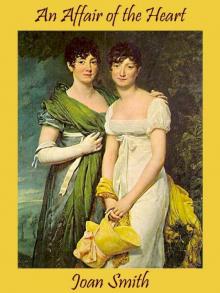 An Affair of the Heart
An Affair of the Heart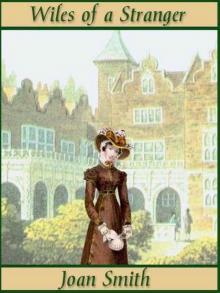 Wiles of a Stranger
Wiles of a Stranger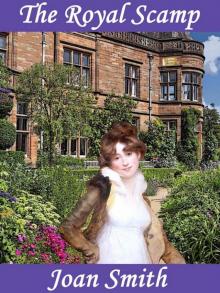 The Royal Scamp
The Royal Scamp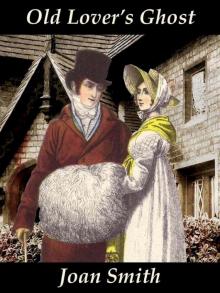 Old Lover's Ghost
Old Lover's Ghost The Virgin and the Unicorn
The Virgin and the Unicorn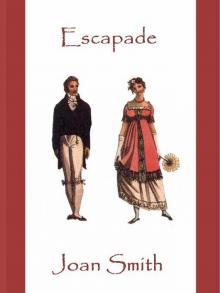 Escapade
Escapade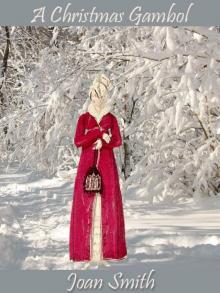 A Christmas Gambol
A Christmas Gambol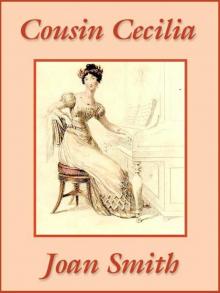 Cousin Cecilia
Cousin Cecilia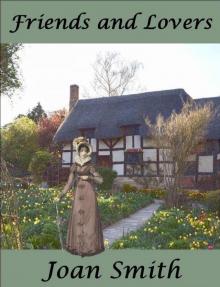 Friends and Lovers
Friends and Lovers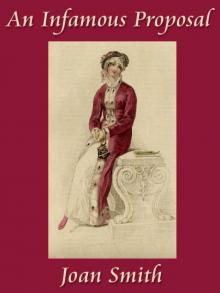 An Infamous Proposal
An Infamous Proposal Regency Masquerade
Regency Masquerade Shadow of Murder
Shadow of Murder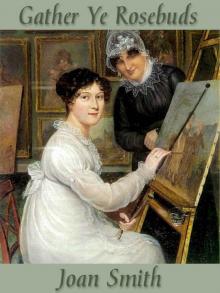 Gather Ye Rosebuds
Gather Ye Rosebuds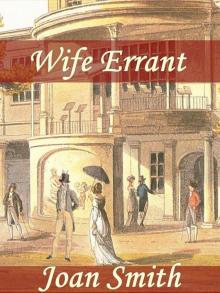 Wife Errant
Wife Errant![[Berkeley Brigade 10] - Shadow of Murder Read online](http://i1.bookreadfree.com/i2/04/11/berkeley_brigade_10_-_shadow_of_murder_preview.jpg) [Berkeley Brigade 10] - Shadow of Murder
[Berkeley Brigade 10] - Shadow of Murder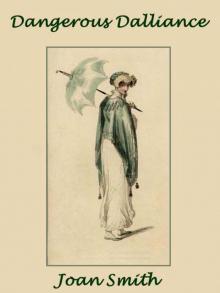 Dangerous Dalliance
Dangerous Dalliance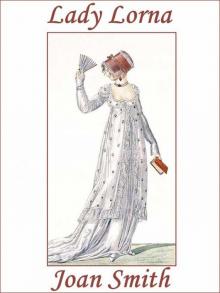 Lady Lorna
Lady Lorna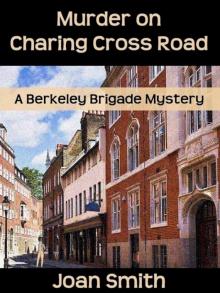 Murder on Charing Cross Road
Murder on Charing Cross Road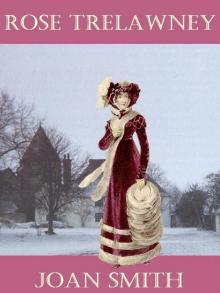 Rose Trelawney
Rose Trelawney Prelude to Love
Prelude to Love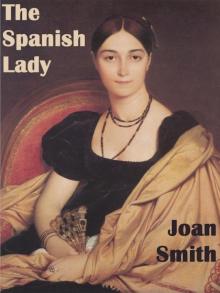 The Spanish Lady
The Spanish Lady Damsel in Distress
Damsel in Distress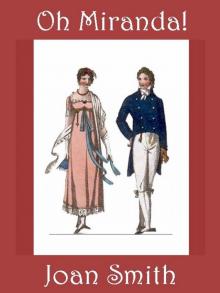 Oh Miranda!
Oh Miranda! The Blue Diamond
The Blue Diamond